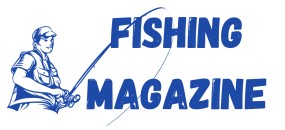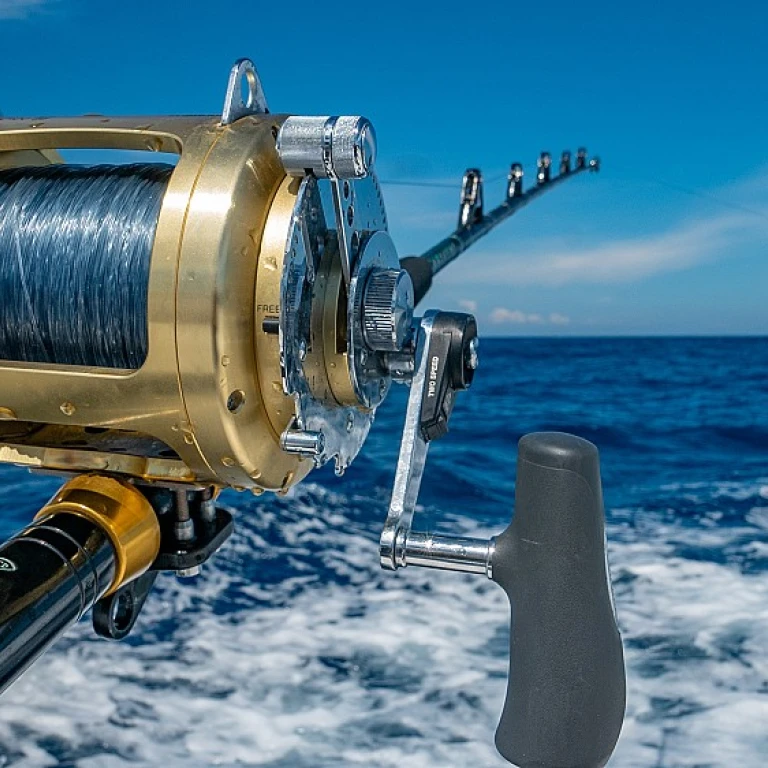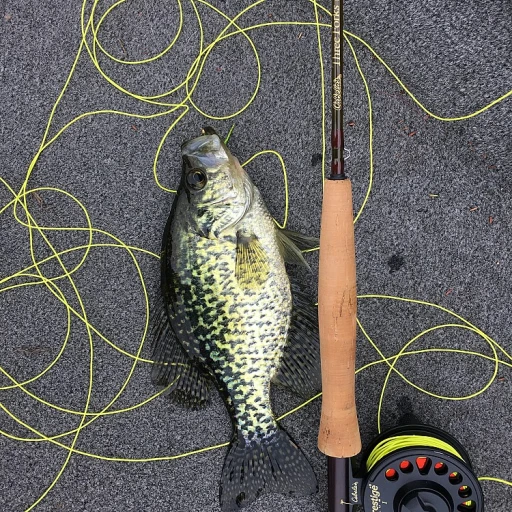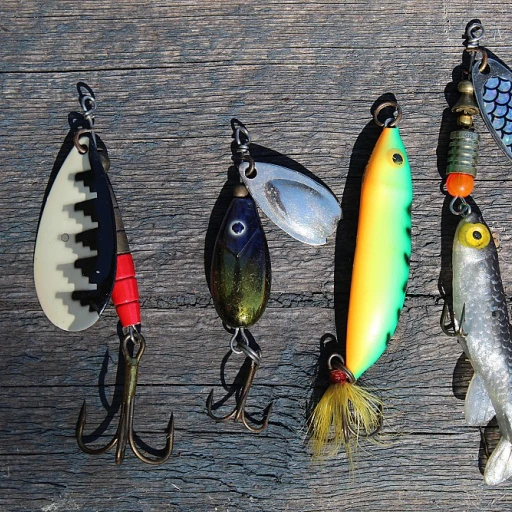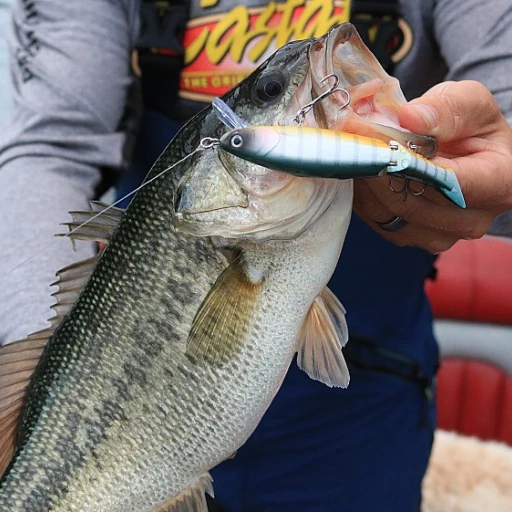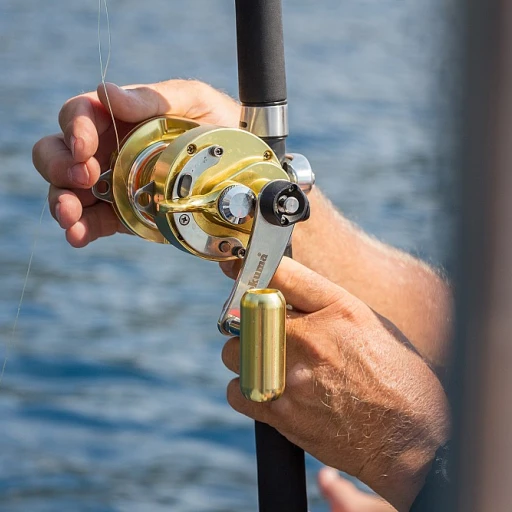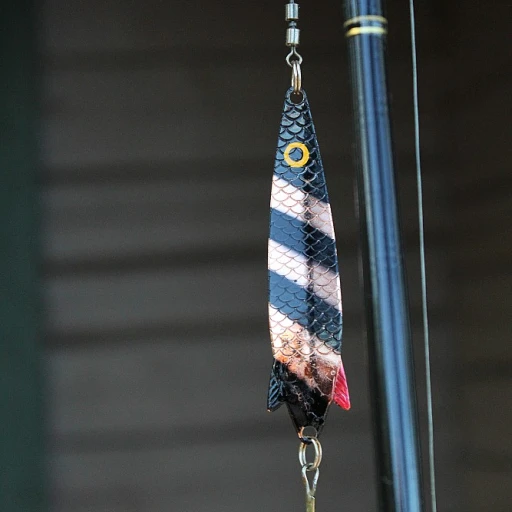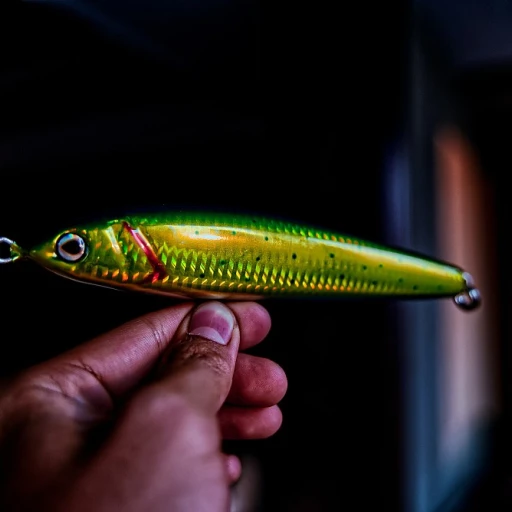
Understanding Propeller Basics
Getting to Know Your Propeller
When setting out to choose the perfect prop for your fishing boat, understanding the basics of propellers is crucial. A propeller is generally attached to the engine and drives the boat through the water. Whether you're seeking better fuel economy or enhanced speed handling, grasping how your propeller affects performance can guide your decision-making process. Here are some elements to consider:- Number of Blades: This refers to the three-blade or four-blade design, each with its own advantages and drawbacks in different water conditions.
- Blade Area and Pitch: These factors significantly influence how the boat cuts through the water, impacting top speed and improved low speed performance.
Three-Blade Propellers: Pros and Cons
Advantages and Drawbacks of Three-Blade Propellers
Three-blade propellers are a popular choice among recreational fishermen and boating enthusiasts. Understanding their pros and cons is essential when considering the best prop for your needs. Firstly, three-blade props typically offer better top speed compared to their four-blade counterparts. This is primarily due to their design, which often results in a higher propeller blade pitch and enhanced performance efficiency. If your primary aim is to maximize speed on open water, a three-blade prop could be the way to go. In terms of fuel economy, three-bladed propellers often excel due to their reduced blade area, allowing engines to maintain a higher speed without significantly increasing fuel consumption. This fuel efficiency can be crucial during long fishing trips. To explore more about efficiency improvements, you might consider reading about optimizing fuel efficiency for your pontoon boat. However, three-blade props are not without their limitations. In rough water conditions, their performance may falter slightly compared to four-bladed options. The reduced number of blades often results in less stability and lower handling capabilities, particularly in choppy waters or when maneuvering at low speed. In summary, the choice of a three-blade propeller hinges on your specific boat and engine configuration, as well as your preferred fishing location and style. When evaluating your options, consider how important speed and fuel economy are in relation to handling and stability in various water conditions.Four-Blade Propellers: Pros and Cons
Advantages and Disadvantages of Four-Blade Propellers
When it comes to choosing the right propeller for your fishing boat, understanding the benefits and drawbacks of four-blade propellers is crucial. These propellers are known for their ability to enhance certain aspects of your boat's performance, but they also come with some trade-offs.
Advantages:
- Improved Low-Speed Handling: Four-blade propellers offer better control at low speeds, making them ideal for navigating through tight areas or when precise maneuvering is needed.
- Enhanced Acceleration: With an extra blade, these props provide quicker acceleration, which can be beneficial when you need to get your boat up to speed quickly.
- Increased Blade Area: The additional blade increases the blade area, providing more thrust and stability, especially in rough water conditions.
- Better Fuel Economy: In some cases, four-blade propellers can offer improved fuel efficiency, which is a significant consideration for long fishing trips.
Disadvantages:
- Reduced Top Speed: One of the main drawbacks is that four-blade propellers may reduce your boat's top speed compared to three-blade options.
- Higher Cost: Generally, four-blade propellers are more expensive, which might be a factor if you're on a budget.
- Potential for Increased Engine Strain: The added blade can sometimes put more strain on the engine, which could lead to more frequent maintenance needs.
In summary, while four-blade propellers can offer improved low-speed handling and better fuel economy, they might not be the best choice if top speed is your priority. Understanding your specific fishing needs and the typical water conditions you encounter will help you decide if a four-blade propeller is the right fit for your boat. For more insights on enhancing your fishing experience, you might want to click expand your knowledge with additional resources.
Performance Comparison: Three-Blade vs. Four-Blade
Performance Dynamics: A Closer Look
When it comes to choosing between three-blade and four-blade propellers, understanding their performance dynamics is crucial. Each type of propeller offers unique advantages and potential drawbacks, impacting your boat's speed, handling, and fuel economy.
Speed and Handling
Three-blade propellers are often favored for their ability to achieve higher top speeds. Their design typically allows for less drag, making them ideal for anglers who prioritize speed. However, this can come at the cost of handling, especially in rough water conditions. On the other hand, four-blade propellers provide improved low-speed handling and better control, which can be beneficial when navigating through tricky fishing areas or when precise maneuvering is required.
Fuel Economy and Efficiency
Fuel economy is another critical factor to consider. Three-blade props generally offer better fuel efficiency at higher speeds due to their streamlined design. In contrast, four-blade propellers, with their increased blade area, can enhance fuel economy at lower speeds by providing more thrust and stability. This makes them a suitable choice for those who often fish in areas where low-speed cruising is necessary.
Engine Compatibility and Performance
The number of blades on your propeller can also affect your engine's performance. Three-blade propellers tend to put less strain on the engine, potentially extending its lifespan. However, four-blade props can offer a smoother ride and reduce vibrations, which can be advantageous for both the engine and the overall boating experience.
Ultimately, the choice between a three-blade and a four-blade propeller should be guided by your specific fishing needs and the typical water conditions you encounter. Consider the balance between speed, handling, and fuel economy to determine which propeller will best enhance your fishing adventures.
Choosing the Right Propeller for Your Fishing Needs
Factors to Consider for Your Unique Needs
When figuring out which type of propeller suits your fishing boat, you’ll want to take into account several key factors. Each number blades option, be it a three-blade or four-blade, has its specific benefits and drawbacks when it comes to performance requirements and water conditions.
- Speed Goals: If your primary focus is achieving top speed, three-blade props often offer a certain advantage due to their smaller blade area, which reduces drag. However, if improved low-speed handling and performance in rough water conditions are your top priorities, the stability offered by four-blade propellers may better suit your needs.
- Boat and Engine Type: The type of boat and engine you’re using also plays a crucial role. Heavier boats, or those with high-horsepower engines, might perform better with a bladed prop that provides more thrust, typically found in four-blade props. Assess your specific boat and engine configuration to determine which propeller blade number will offer better performance.
- Location and Water Conditions: The area you'll be navigating in can affect your choice. For open waters where speed is king, three-blade propellers could be more effective. In contrast, if you’re frequently fishing in weed-heavy or shallow waters, the additional lift from blade propellers with more blades could be beneficial.
- Fuel Economy: Consider the fuel efficiency you desire from your engine. A well-matched propeller in terms of pitch and thrust can significantly affect your fuel economy. Generally, three-blade props might help with better economy unless the four-blade version improves plane time, which can also keep fuel usage in check.
Listen to Performance Feedback: It's vital to continuously monitor your boat's performance with its current propeller. Does the engine reach the desired RPM range? Are you getting the speed and handling that meets your expectations? Gathering replies and views from fellow boat owners with similar setups can also provide valuable insights. Consulting with professionals or revisiting informatory resources about your boat's needs might help steer you toward the perfect seafood hunting companion.
Maintenance Tips for Optimal Propeller Performance
Keeping Your Propeller in Top Shape
Maintaining your propeller is crucial for ensuring optimal performance and longevity. Whether you have a three-blade or four-blade propeller, regular checks and maintenance can make a significant difference in your boat's speed and fuel economy.
Regular Inspections
Inspect your propeller blades regularly for any signs of damage. Look for dings, bends, or cracks that could affect performance. Even minor damage can impact the speed and handling of your boat, so addressing these issues promptly is essential.
Cleaning and Polishing
Keeping your propeller clean is vital for maintaining its efficiency. Remove any debris, barnacles, or algae that might accumulate on the blades. A clean propeller ensures better water flow and improved low-speed handling.
Checking the Pitch and Balance
Ensure that your propeller's pitch is suitable for your engine and water conditions. An incorrect pitch can lead to poor performance and increased fuel consumption. Additionally, check the balance of your propeller. An unbalanced prop can cause vibrations that might damage the engine or other components.
Lubrication and Corrosion Prevention
Apply a suitable lubricant to the propeller shaft to prevent corrosion and ensure smooth operation. This is especially important if you frequently fish in saltwater areas, where corrosion can be a significant issue.
Storage and Handling
When not in use, store your propeller in a dry, safe location to prevent damage. Handle it carefully to avoid bending or scratching the blades. Proper storage and handling can extend the life of your propeller significantly.
By following these maintenance tips, you can ensure that your propeller remains in excellent condition, providing you with the best performance and fuel economy for your fishing adventures.
